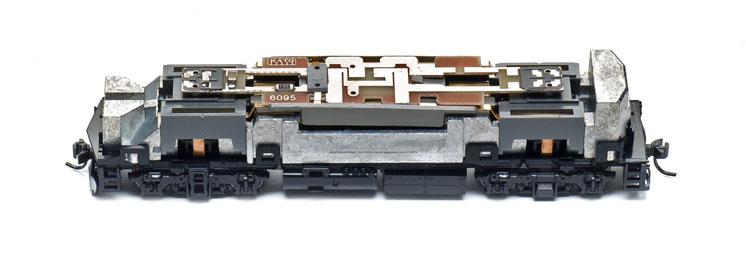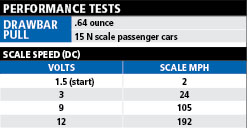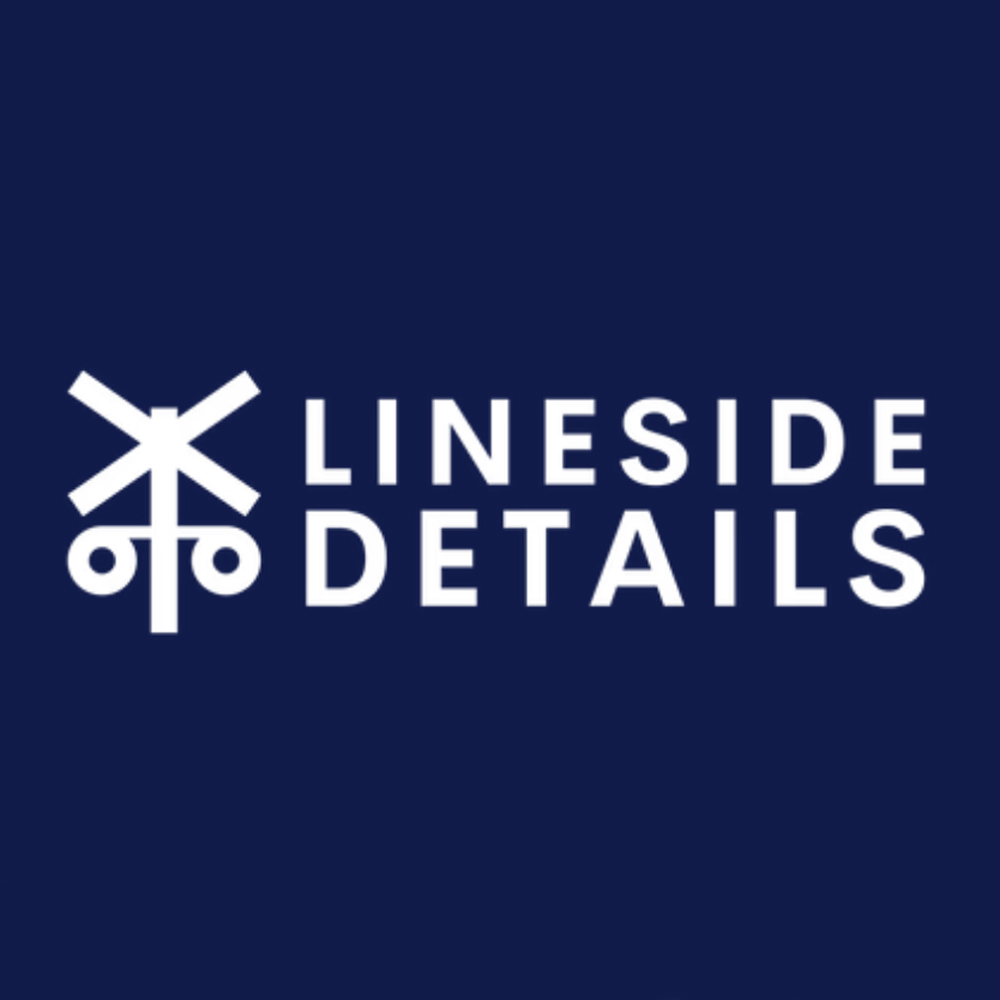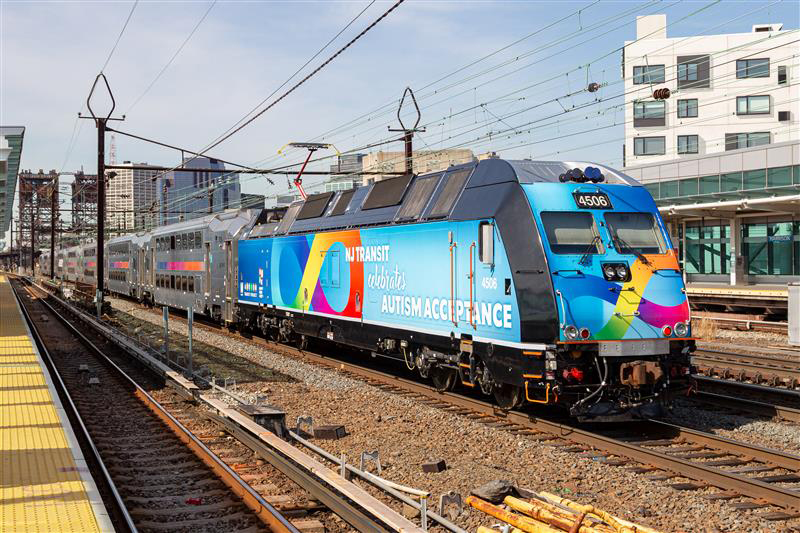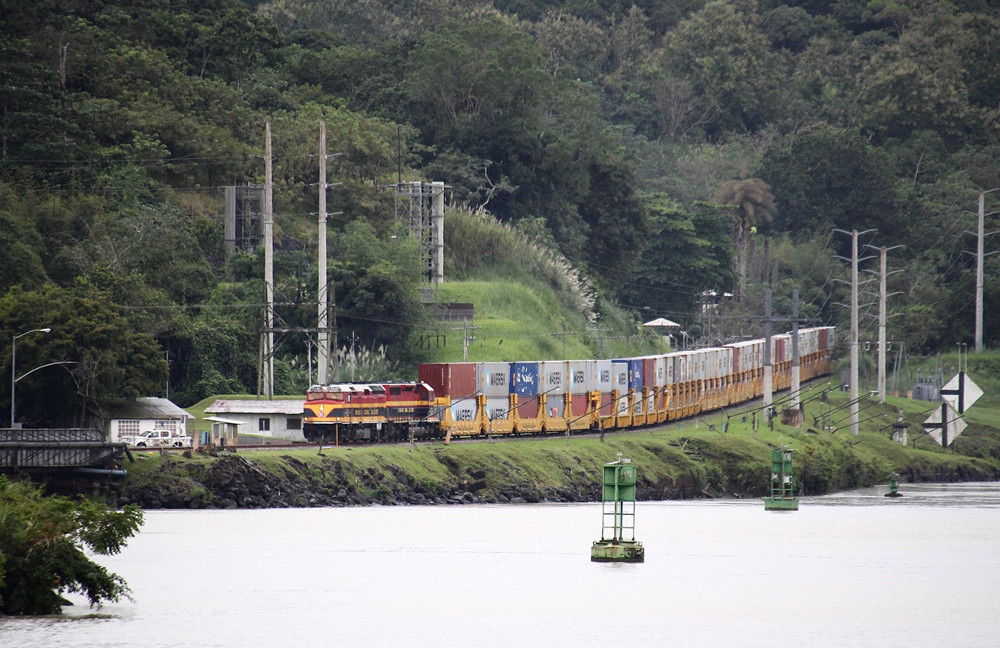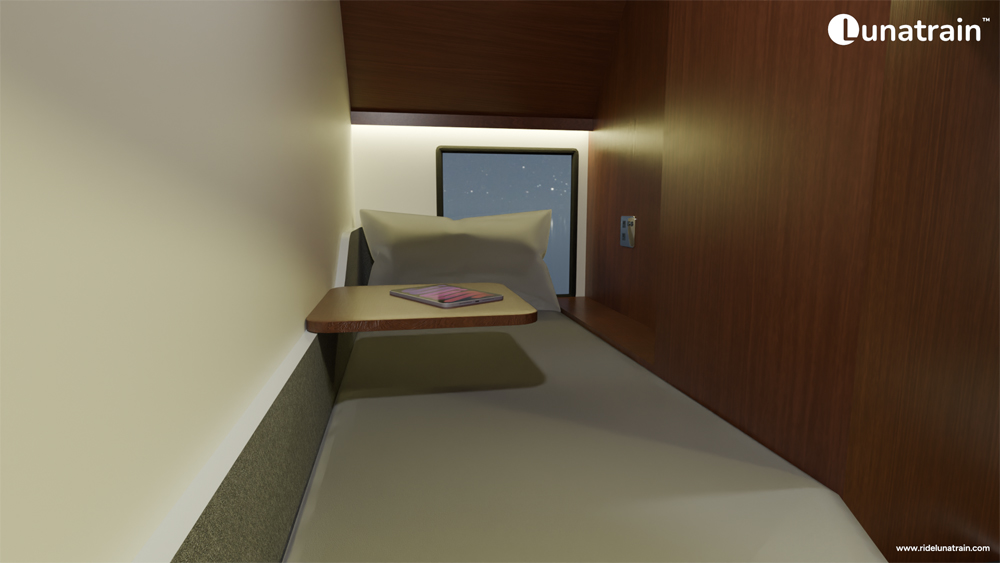Chicago’s rail transit authority, Metra, has been giving children with serious health problems a bit of winter cheer since 2011 in cooperation with Operation North Pole (operationnorthpole.org), a nonprofit organization that treats these kids to a day with Santa at the North Pole (actually, the Donald E. Stephens Convention Center in the Chicago suburb of Rosemont, Ill.).
Since 2012, Metra has wrapped a train in special vinyl decals for the event. Kato USA has a new N scale Operation North Pole set, consisting of an Electro-Motive Division F40PH and three Gallery Bi-Level cars, depicting the 2016 decoration of the train. A two-car add-on set is also available.
The prototype. The Electro-Motive Division F40PH has been a commuter locomotive stalwart since its introduction in 1976. Initially designed for Amtrak, commuter rail agencies from coast to coast have rostered F40PHs. Metra, the second-largest buyer after Amtrak, now rosters 87 F40PH locomotives, including two acquired from Amtrak.
The gallery bi-level cars in the special train were delivered in two groups, in 1994 through 1996 by Morrison Knudson and Amerail, and 2002 through 2008 by Nippon Sharyo USA. Both orders consisted of cab cars, used to control trains in push-pull operation, and trailer cars.
The models. We first reviewed Kato’s N scale F40PH in the December 2005 Model Railroader. The gallery bi-level cars were reviewed in the March 2012 issue as part of a Metra set that included an MP36PH-3S locomotive.
The big change here is the graphics applied to the models. Kato has done an excellent job of re-creating the vinyl wrap applied to the Metra equipment. All the printing is opaque and in register. The only slight deviation in the graphics I noted was on the cars. The stars on the full-size graphics are red and white, while on the model they’re all white.
Hints of the standard Metra paint scheme show through, such as the car numbers and wheelchair accessible placards by the doors and the end striping on the cab cars, and the nose striping and grills on the locomotive – a nice touch.
The locomotive is a model of a Phase III F40PH, but Metra no. 133, the locomotive wrapped for Operation North Pole, is a Phase I unit.
The big difference between phases is the location and size of the fuel tank, and the location of the air tanks and battery boxes between the trucks. Phase III locomotives had 1,800-gallon fuel tanks mounted just behind the front truck, like the model, instead of the 1,500-gallon tank mounted just ahead of the rear truck on Metra no. 133.
Kato’s add-on two-car set allows modelers to re-create the entire five-car train. The cab cars have operating headlights and marker lights that are lit according to the train’s direction. The locomotive has a similar feature. A switch on the bottom of the cab cars allows the lights to be turned off if the car is used mid-train, as cab car no. 8415, the “Donald E. Stephens,” was in the 2016 consist. Kato sells a Digital Command Control (DCC) decoder, no. FL12, made by Digitrax to control the lighting with a DCC throttle.
All of the models were within scale inches of published dimensions. Model Railroader published drawings of a Phase I F40PH is the April 1987 issue, and the Nippon Sharyo website has overall dimensions for the passenger cars.
The locomotive has a five-chime horn on its cab roof, along with dual air-conditioning units and an offset amber rotary beacon, which isn’t illuminated. The nose has illuminated marker lights, ditch lights, and a headlight, and the light above the cab is also illuminated, but doesn’t flash. There’s also no way to make the ditch lights flash alternately, which Metra locomotives’ ditch lights do when the horn is sounded.
User-installed parts include a pair of snowplows – one with a larger opening to allow operation on tight-radius curves – m.u. hoses, and printed number boards for the illuminated number boxes.
Under the plastic shell is a die-cast metal frame that supports the motor and driveline. A detailed plastic frame casting depicting underbody details snaps onto the die-cast metal frame. Catches on the left front and right rear corners secure the body to the frame.
Atop the motor is a printed-circuit lighting board. Train Control Systems makes a replacement board for Digital Command Control, part K5D7. A clever light tube arrangement allows for the operating headlights, ditch lights, and marker lights.
On the test track. Our direct-current sample started moving at 1.5V at 2 scale mph. At 12V, it reached a top speed of 192 scale mph. The prototype gallery bi-level cars are designed for a top speed of 79 mph, and the F40PH has a top speed of 103 mph, so realistic top speeds are reached in the middle of the model’s range.
Measured with our workshop force meter, the locomotive’s drawbar pull of .64 ounce is equivalent to 15 N scale passenger cars on straight and level track. I took the train set to our Red Oak N scale project layout for further testing.
The Kato F40PH had no trouble pulling or pushing its five-car train around the layout, and all of the rolling stock operated flawlessly on the Red Oak’s 13″ minimum radius curves and no. 6 turnouts, in either push or pull mode. The directional lighting made it fun to run the train both ways, as the cab car or locomotive always displayed the appropriate lighting aspect.
For a real-world test of the locomotive’s pulling capacity, I added one car at a time to the consist. Confirming the results of our force meter test, the F40PH pulled a maximum of 15 N scale passenger cars without stalling.
With its colorful graphics and reliable performance, the Operation North Pole train would make an excellent addition for any layout whose owner wants to host a prototype-based holiday train. In addition, a portion of the proceeds from the sale of each train set goes toward funding Operation North Pole’s trains.
Price: $195 (set), $65 (two-car add-on set)
Manufacturer
Kato USA Inc.
100 Remington Road
Schaumburg, IL 60173
www.katousa.com
Era: Dec. 10, 2016
Roadname: Metra with Operation North Pole wrap
Features
• Blackened metal wheels, in gauge
• Directional lighting in cab coach and locomotive for push-pull operation
• Five-pole, flywheel-equipped motor and all-wheel drive on locomotive
• Kato magnetic knuckle couplers, at correct height (user-installed trip pins)
• Lighting kits available for passenger cars, no. 11-211 and 212
• Locomotive weight: 3.2 ounces
• Passenger car weights, cab car: 1.3 ounces (.14 ounce too light per National Model Railroad Association recommended practice 20.1); coach: 1.2 ounces (.23 ounce too light per NMRA RP-20.1)







